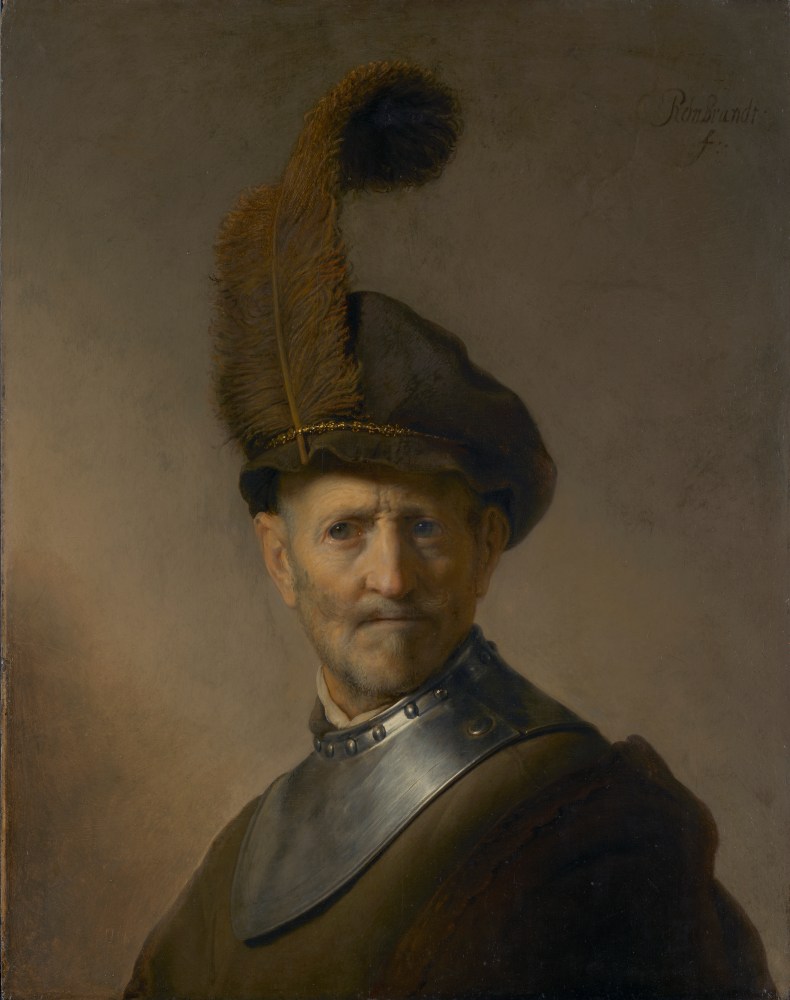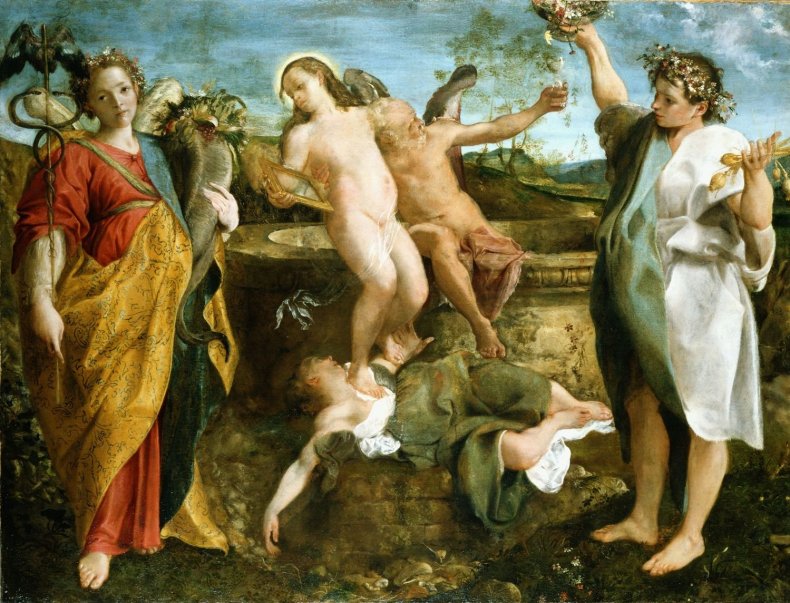Introducing Rakewell, Apollo’s wandering eye on the art world. Look out for regular posts taking a rakish perspective on art and museum stories
The Crown is back for a third season, and Rakewell is as loyal a viewer as any. The year in the first episode is 1964, but there are echoes of 2019: hints that a senior royal is connected to a sex scandal, and a leader of the Labour Party whose detractors have put about rumours of past dealings with the KGB. Rakewell trusts it won’t count as a spoiler to say that by the episode’s end the Soviet mole turns out not to be Harold Wilson (Jason Watkins), but Anthony Blunt (Samuel West), Surveyor of the Queen’s Pictures and the fourth member of the Cambridge Spy Ring.
As if heralding the opening episode’s artistic focus, within minutes Tony Snowdon (Ben Daniels) and his motorbike zoom past the Apollo offices on Old Queen Street, where a polling station is set up. Next we see canvases being removed from royal walls: Sir Anthony (as he was at the time, before being stripped of his knighthood) is preparing for an exhibition at the Guildhall Art Gallery on portraiture in early modern Europe. Queen Elizabeth (Olivia Colman) and Prince Philip (Tobias Menzies) express bemused ignorance about the works of art in their collection. ‘Who’s that by?’ Philip asks, pointing to a large canvas propped up on the floor. ‘Annibale Carracci,’ Blunt responds. ‘Never heard of him. This one?’ ‘Artemisia Gentileschi.’ ‘Never heard of him either.’ ‘Her, sir.’ The Queen seems rather taken by a portrait hanging high on a wall, which Blunt informs her is Rembrandt’s Old Man in Military Costume (c. 1630–31), a ‘wonderfully enigmatic character’.
An Old Man in Military Costume (c. 1630–31), Rembrandt van Rijn. J. Paul Getty Museum, Los Angeles

This painting becomes the focus of Blunt’s Royal Collection show at the Guildhall Gallery, which the Queen is obliged to open even after discovering the truth about his identity as Soviet spy (Blunt had been promised immunity from prosecution in return for a full confession, and retained his role as royal art curator for another 15 years). The fact that Rembrandt’s portrait conceals another visage ‘lurking beneath the surface’, as the Queen pointedly puts it, makes the work a useful symbol for Blunt’s double-dealing. (In Alan Bennett’s wily play, A Question of Attribution [1988], the playwright puts Titian’s Allegory of Prudence and Triple Portrait to even better use.)
While Rakewell wouldn’t be so foolish as to look to The Crown for an accurate representation of events and facts, he did find it curious that, while Carracci’s Allegory of Truth and Time and Gentileschi’s Self-Portrait as the Allegory of Painting are both in the Royal Collection (the latter currently hanging in the Cumberland Bedchamber at Hampton Court Palace), Rembrandt’s Old Man in Military Costume never has been. The Royal Collection includes five paintings by the Dutch master, but the portrait in question belonged at the time to Sir Brian Stanley Mountain, and is now owned by the Getty Museum.
An Allegory of Truth and Time (c. 1584–85), Annibale Carracci. Royal Collection Trust/© Her Majesty Queen Elizabeth II 2019

As for the Queen, the revelations about Blunt seem to have put her firmly off art – so we can expect not to see so much of it in future episodes. ‘Are you an art man?’ she asks Harold Wilson at the exhibition. ‘I’m happiest with numbers,’ he replies. ‘There’s no mystery, no deception […] You know where you stand. What you see is what you get.’ ‘I quite agree,’ says Her Majesty, all approval.
Got a story for Rakewell? Get in touch at rakewell@apollomag.com or via @Rakewelltweets.




